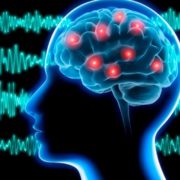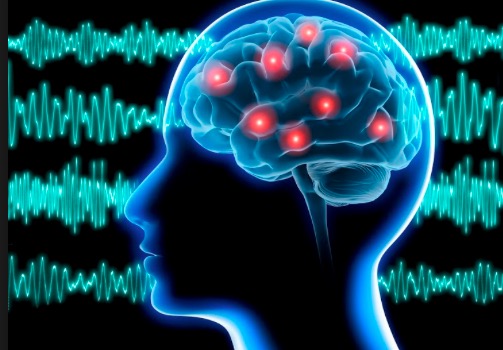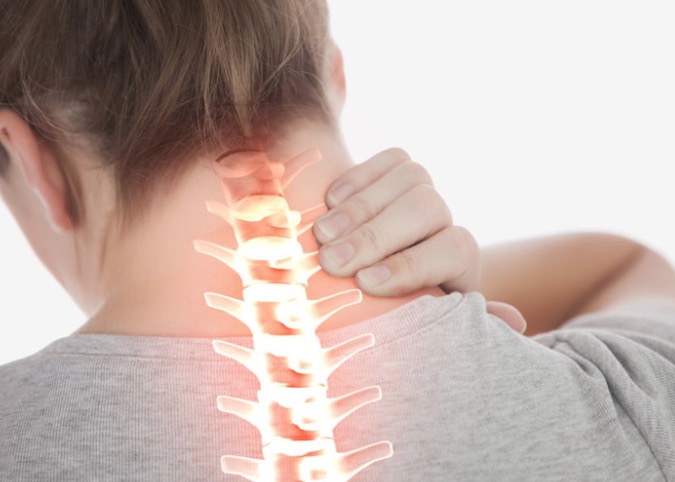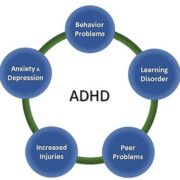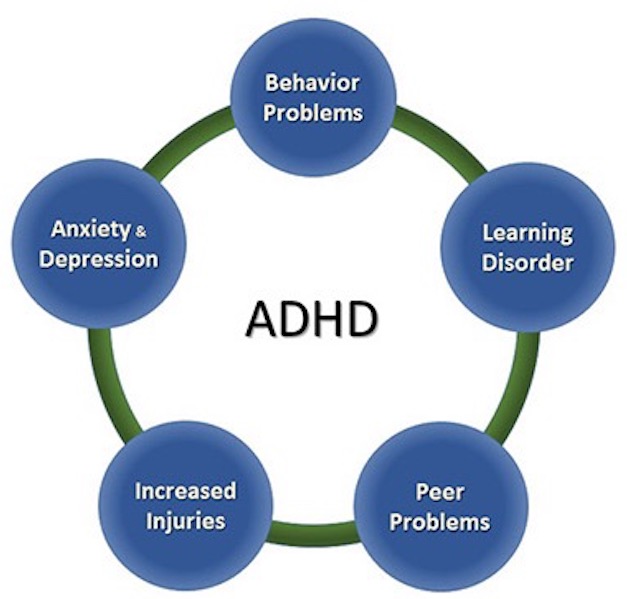How Do Stimulants Work For Treating ADHD?
How Do Stimulants Work For Treating ADHD?
How Do Stimulants Work For Treating ADHD?
What Are Stimulants?
Stimulants are medications that produce a temporary increase in the functionality or efficiency of an organism. They work by increasing the availability of certain chemicals in the brain, thus making the pathways in the brain work more effective. Stimulants are the most common type of medicine used to treat ADHD.
How Do Stimulants Work?
Our brains are made up of nerve cells called neurons. These neurons are separated by tiny gaps called synapses. All functions of the brain and nervous system are based on communication among these neurons and across these synapses. The neurons relay information to each other by sending chemical messengers called neurotransmitters. What happens to individuals with ADHD is their neural network can’t relay messages in an adequate and timely manner.
Stimulants increase the release of certain brain chemicals such as dopamine. It also prolongs how long these chemicals will remain active which results in helping messages within the brain be transmitted more effectively.
What are Examples Of ADHD Medication?
The two main forms of ADHD stimulant medication are Methylphenidate and amphetamines. Methylphenidate includes brand name medications like Ritalin and Concerta. Amphetamines include name brand medicines like Vyvanse and Adderall.
Methylphenidate focuses on slowing down how much of the neurotransmitter is being reabsorbed back into the neuron so that more is left in the synapse. Methylphenidate also seems to facilitate the direct release of neurotransmitter from within the neuron where it’s produced and stored, which sends more out into the synapse space. Amphetamines focus on increasing the release of dopamine and other brain chemicals.
The differences in the way these stimulants work may explain why some people with ADHD respond to one type of medication than another. However, as a whole, stimulants lessen ADHD symptoms in 70 percent to 80 percent of people who take them.
The Takeaway
Stimulants don’t cure ADHD. What they do is help to alleviate or reduce symptoms while the stimulant is active in your system. Although there does seem to be a high efficacy rate, as of right now it’s efficacy is not conclusive.
It still holds true that some of the best ways to improve basic cognitive processes likely do not involve medication. Behavioral treatment and parent training can be very powerful in strengthening these cognitive processes in your children. We here at PathwaysNeuroPsychology can help come up with a comprehensive plan to cater to your child’s specific needs.
Dr. Gordon is an experienced ADHD expert. He is devoted to helping you learn more about ADHD and find solutions for each individual’s needs. Please feel free to contact us for any concerns or questions regarding ADHD about yourself, or a loved one.
The Pathways team of professionals has helped thousands of people with ADHD. We are Dedicated to effective and compassionate care for individuals with neurological challenges.
The post How Do Stimulants Work For Treating ADHD? appeared first on Pathways Neuropsychology Associates.
Source: Pathways Neuropsychology
How Do Stimulants Work For Treating ADHD?



